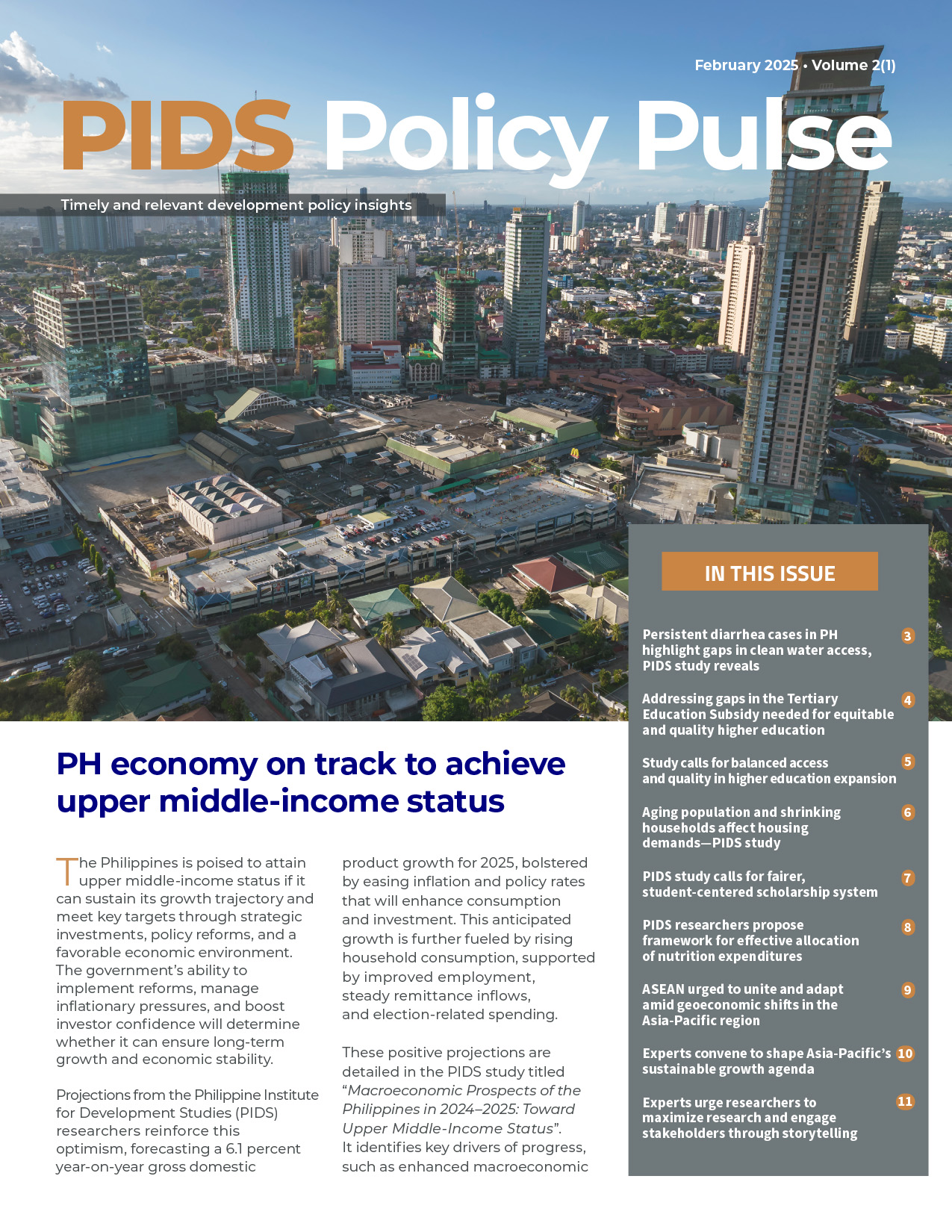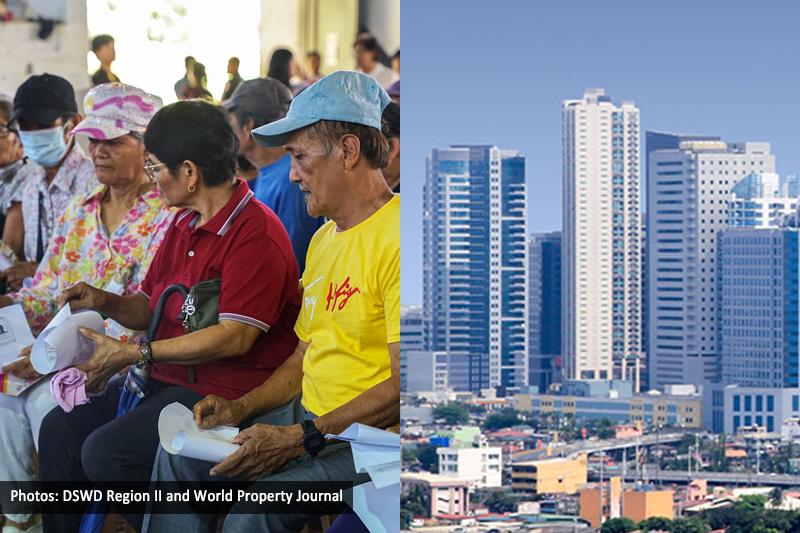Land tenancy remains just about the same almost 30 years after comprehensive land reforms were put in place.
“For leasehold arrangements, there is no significant change in lease tenure between 1991 and 2001,” according to a study conducted by the Philippine Institute for Development Studies (PIDS), the government’s socioeconomic policy think tank.
It cited studies showing that share tenancy persists and that the old sharing arrangement –specifically in coconut farms – continues to be practiced. This means the rental rate of 25 percent of net produce specified by the Comprehensive Agrarian Reform Law is not being followed.
Studies of the Comprehensive Agrarian Reform Program (CARP) have reported some welfare effects “but these are muted and are generally observed among areas where lands covered have higher productivity,” observed “The Comprehensive Agrarian Reform Program after 30 Years: Accomplishments and Forward Options” study.
It is also “not clear” through what channels CARP improved welfare since welfare effects were similar between land owning agricultural households that acquired land through CARP and those through purchase or inheritance, saidMarife Ballesteros, Jenica Ancheta and Tatum Ramos of PIDS who wrote the study.
They said there is “no clear evidence” whether the objectives of land reform to increase investments in agriculture, increase access to formal credit of farmers and equity have been achieved.
The Department of Agrarian Reform (DAR) estimated about 4.8 million hectares have been awarded to 2.8 million agrarian reform beneficiaries (ARBs) since its implementation. The program had a total expenditure of P286 billion or an annual average of P9.87 billion from 1987 to 2016, “a hefty sum over a long period of implementation, prompting many to ask about CARP’s impact on its beneficiaries,”the study noted.
Agrarian reform has also supported the distribution of about 2.5 million hectares of alienable and disposable lands and the issuance of stewardship rights for forest lands and leasehold rights for agricultural lands not covered by land reform.
The study does not dispute the accomplishments of agrarian reform in terms of area covered and number of beneficiaries which it found significant.
CARP accomplishments represent 70 percent of estimated total non-owner cultivated agriculture land and 54 percent of total farming households in the country. Still, the study noted “evidence that the program has been poorly targeted in terms of areas covered and beneficiaries.”
There is no inventory of farmers or tenants. Identifying beneficiaries “has been largely influenced by landowners, local officials including local agrarian reform officials,” the study said. This has resulted to ownership conflicts between landowners and ARBs as well as the cancellation of titles due to coverage of exempt or excluded properties and issuance of titles to unlawful beneficiaries.
DAR had difficulty constructing the land inventory and master list of beneficiaries due to the absence of parcel based information on land use and ownership and the poor land record system in the country.
“There is lack of priority setting and coverage was not consistent with areas or provinces where there is concentration of landownership holdings or where tenancy arrangements are highest. The land tenure improvement was instead carried out based on expediency,” the study said.
Almost 60 percent of the accomplishments achieved under agrarian reform were in the voluntary modes of acquisition where the landowner offers the land covered by land reform and usually also identifies beneficiaries of the land.
On the other hand, land distribution was slowest in areas of compulsory acquisition, which usually are the more productive areas.












